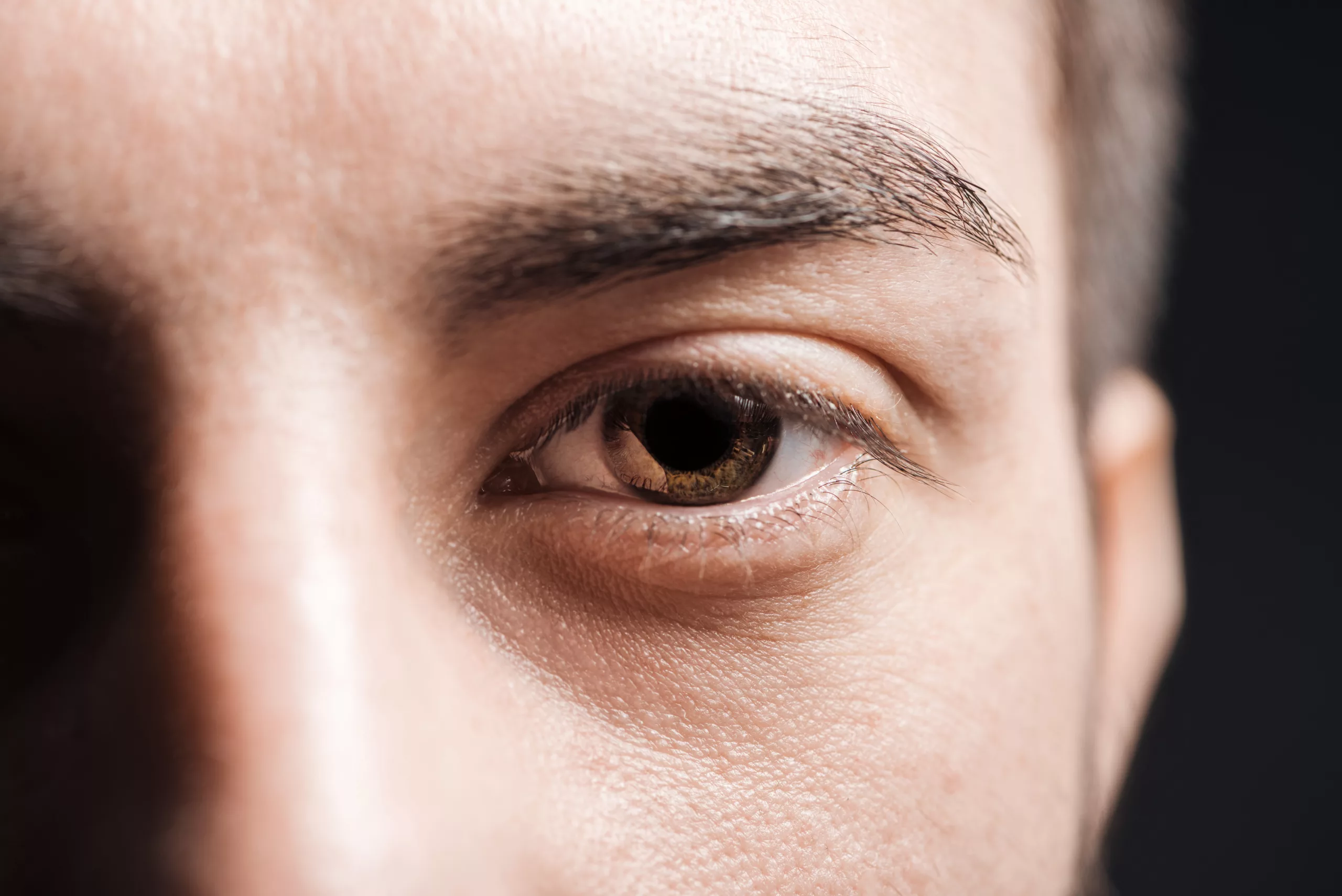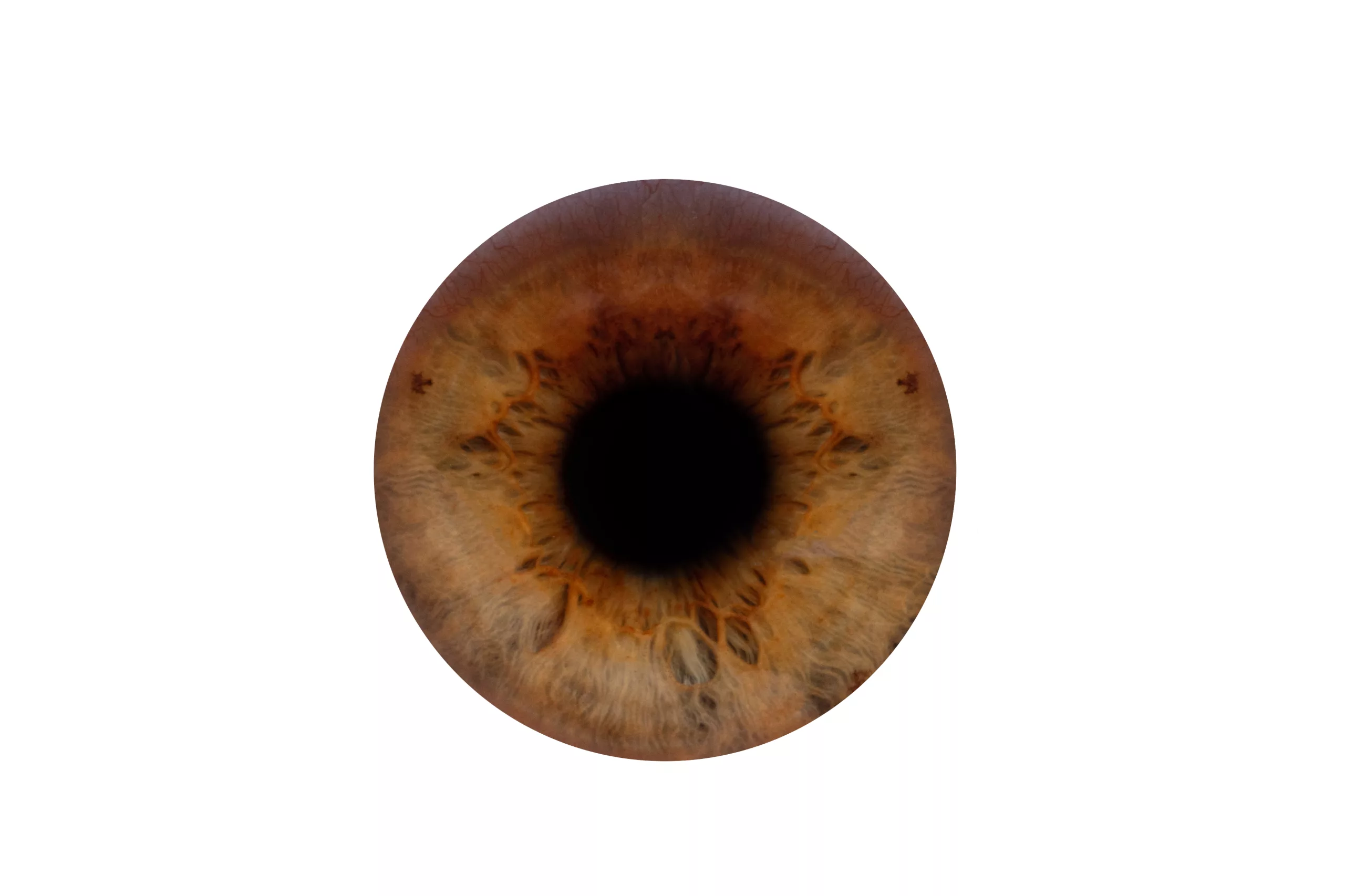Sandhoff Disease and Its Ocular Implications
Introduction
Sandhoff disease is a rare genetic disorder classified under the group of GM2 gangliosidoses, characterized by the deficiency of specific enzymes responsible for breaking down certain fatty substances in the body. This condition leads to the accumulation of toxic substances, particularly in the nervous system and other organs, affecting individuals from infancy to adulthood. One significant aspect of Sandhoff disease is its impact on ocular health, which can manifest in various ways. In this article, we will explore the clinical features, diagnosis, and management of ocular complications associated with Sandhoff disease.
Understanding Sandhoff Disease
Genetic Background
Sandhoff disease is caused by mutations in the HEXB gene located on chromosome 5, which encodes the beta-subunit of the enzyme hexosaminidase B. This enzyme is essential for the breakdown of GM2 gangliosides, particularly in the nervous system. The absence of this enzyme leads to the accumulation of GM2 gangliosides, causing neuronal dysfunction and cell death.
Clinical Manifestations
Sandhoff disease can present in three forms: infantile, juvenile, and adult. The infantile form is the most severe and typically appears in the first few months of life. Common symptoms include:
- Developmental delay
- Muscle weakness
- Seizures
- Cherry-red spots on the macula
The juvenile and adult forms are less severe but still result in significant neurological impairment.
Ocular Findings in Sandhoff Disease
- Cherry-Red Spot: One of the hallmark ocular findings in Sandhoff disease is the presence of a cherry-red spot in the macula, observable during a fundoscopic examination. This characteristic finding is due to the accumulation of gangliosides in the retinal nerve fibers, which creates a contrast against the surrounding pale retina. The cherry-red spot is not exclusive to Sandhoff disease and can also be seen in other lysosomal storage disorders, making it an important diagnostic clue.
- Retinal Degeneration: As the disease progresses, retinal degeneration can occur. Patients may experience a gradual decline in visual acuity, often associated with photophobia (sensitivity to light) and difficulty seeing in low-light conditions. The degeneration is primarily due to the accumulation of toxic substances in retinal cells, leading to their dysfunction and eventual death.
- Optic Nerve Atrophy: Optic nerve atrophy is another potential ocular manifestation of Sandhoff disease. This condition results from damage to the optic nerve fibers, which can occur due to the progressive neurodegenerative nature of the disorder. Patients with optic nerve atrophy may experience blurred vision and visual field defects, impacting their overall visual function.
- Strabismus and Nystagmus: Strabismus (misalignment of the eyes) and nystagmus (involuntary eye movements) are common in children with Sandhoff disease. These conditions can arise from neurological impairments affecting the muscles controlling eye movements. Strabismus can lead to amblyopia (lazy eye) if left untreated, necessitating early intervention.
Diagnosis of Ocular Manifestations
The diagnosis of ocular manifestations in Sandhoff disease typically involves a combination of clinical evaluation, genetic testing, and imaging studies:
- Clinical Evaluation: An ophthalmologist will conduct a comprehensive eye examination, focusing on visual acuity, fundoscopic findings, and any signs of ocular misalignment.
- Genetic Testing: Confirmatory testing for mutations in the HEXB gene can establish a definitive diagnosis of Sandhoff disease.
- Imaging Studies: Optical coherence tomography (OCT) can provide detailed images of the retina and optic nerve, helping assess any structural abnormalities.
Management of Ocular Complications
While there is currently no cure for Sandhoff disease, managing its ocular complications can significantly improve the quality of life for affected individuals:
- Vision Rehabilitation: Early intervention with vision therapy can help maximize remaining vision and improve visual skills, particularly in children.
- Optical Aids: Low vision aids, such as magnifiers or special glasses, can assist individuals with visual impairments, enhancing their ability to perform daily activities.
- Surgical Interventions: In cases of strabismus, surgical correction may be necessary to align the eyes and prevent amblyopia.
- Regular Monitoring: Regular follow-up appointments with an ophthalmologist are crucial to monitor the progression of ocular complications and adjust management plans accordingly.
Conclusion
Sandhoff disease poses significant challenges, particularly concerning ocular health. Understanding the ocular manifestations, including cherry-red spots, retinal degeneration, optic nerve atrophy, strabismus, and nystagmus, is essential for timely diagnosis and management. While there is no cure for this genetic disorder, early intervention and appropriate care can help mitigate its impact on vision and overall quality of life. Continued research into the underlying mechanisms of Sandhoff disease will be crucial for developing targeted therapies that address both neurological and ocular complications in affected individuals.
World Eye Care Foundation’s eyecare.live brings you the latest information from various industry sources and experts in eye health and vision care. Please consult with your eye care provider for more general information and specific eye conditions. We do not provide any medical advice, suggestions or recommendations in any health conditions.
Commonly Asked Questions
Parents can support their child’s vision by using low-vision aids, engaging in vision therapy, and ensuring regular eye examinations to monitor changes.
Research is ongoing, and families are encouraged to consult healthcare providers for information on available clinical trials investigating potential therapies.
Yes, cognitive decline is common in individuals with Sandhoff disease due to neurological degeneration, affecting learning and behavior.
Initial signs may include developmental delays, decreased muscle tone, and the appearance of cherry-red spots in the eyes.
Genetic counseling can help families understand the risks of inheritance, implications of testing, and available options for family planning.
Families can seek support from healthcare professionals, genetic counselors, and support groups to navigate the emotional and practical challenges of caring for someone with Sandhoff disease.
Life expectancy varies based on the severity of the disease. Individuals with the infantile form often have a shortened lifespan, while those with juvenile or adult forms may live longer with appropriate care.
Currently, there is no cure for Sandhoff disease, but treatments focus on managing symptoms and providing supportive care, such as physical therapy and vision aids.
Diagnosis typically involves clinical evaluation, genetic testing to identify mutations in the HEXB gene, and biochemical tests to measure hexosaminidase activity in the blood or tissue.
Sandhoff disease is inherited in an autosomal recessive manner, meaning that an individual must receive two copies of the mutated gene (one from each parent) to manifest the disease.
news via inbox
Subscribe here to get latest updates !








